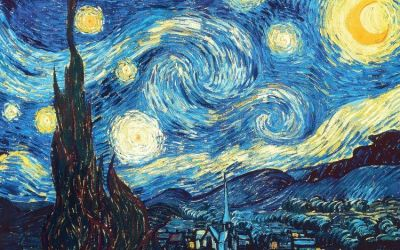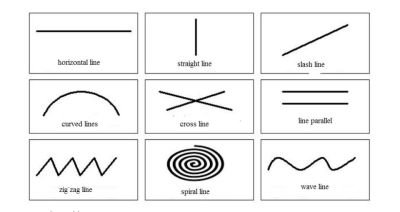The first part in my post this time will take the theme of fine arts. As we know that the branches of art are numerous, and the definition of art itself can not be described with certainty and clear in words. So, I just know a bit about the art of the internet and want to share it with all of Steemian friends here. Follow me @ericksteem and we'll share it together
Art was originally a process of man, and is therefore a synonym of science. Today, art can be seen in the essence of the expression of human creativity. Art can also be interpreted with something created by humans that contain elements of beauty.
Art is very difficult to explain and also difficult to assess. That each individual artist selects his own rules and parameters that guide him or her work, it can still be said that art is the process and product of choosing the medium, and a set of rules for the use of that medium. There are several forms of definition of art that world figures say;
Alexander Baum Garton
Art is beauty and art is a positive goal to make the audience feel in happiness.Aristotle
Art is a form of disclosure and its appearance never deviates from reality and that art is imitating nature.Immanuel Kant
Art is a dream because formula formula can not make a reality.Ki Hajar Dewantara
Art is the result of beauty so it can move the beautiful feelings of the people who see it, therefore the human acts that can influence can cause the beautiful feeling of art.Leo Tolstoy
Art is an expression of the creator's feelings conveyed to others so that they can feel what the painter feels.Sudarmaji
Art is all inner manifestation and aesthetic experience by using media fields, lines, colors, textures, volumes and dark light.
Understanding Fine Art
This time we discuss about art material along with Understanding Types of elements of benefit functions and examples. Many of us already know what art is, for example like the paintings we usually see in art exhibitions, there are even works of certain paintings whose price is able to penetrate up to billions of rupiah. Curious is not it? but that we discuss in the end only. We discuss first the art material.
Fine art is a branch of art to produce works of art with expressions and qualities that can be seen by the sense of sight and touched by the sense of touch (wikipedia).
So fine art is more toward visual beauty than any other sense of beauty. Roughly fine art if translated to English is fine art. However, as the development of modern artificial art more inclined to pure art and then combine it with design and craft into the discussion of visual arts.
Fine Art Elements
The element of art itself is an element that builds the embodiment of artwork. Although a fine art is very simple, but there is still an element in it. Because there are elements we can an impression of a work of art and can enjoy it. Here are the elements of existing fine art;
1. Point
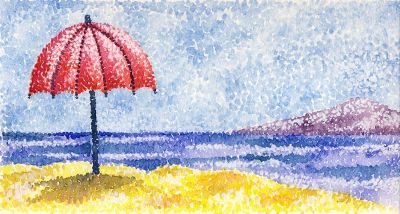
Point is the element or the most basic element in fine art. Make a point can be done with wide distance or narrow distance between points. Point can be large or small with different color variations depending on the needs or known by the term with the technique of Pointilisme.
2. Line
If the points are combined we mean securing them as lines. The lines of many types are straight, short, long, wide, horizontal, vertical, diagonal, and so on. Each type of line represents its own impression of art.
For example:
- Straight line memorable upright and hard
- Broken lines seem stiff
- The curved lines are soft and supple
- The spiral line is memorable bending
- The vertical line represents greatness, stability
- The smooth, curved rhythmic lines symbolize the tenderness of femininity.
- The sloping line, representing shaking, motion, unstable.
- The line is firm, strong, implacably impressed or considered power.
The line has a form like
Real lines, lines produced from scratches or scratches
Pseudo lines, lines that appear because there is an impression balance on the field, color or space
3. Field
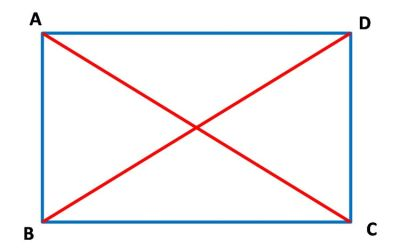
The Field is the result of the encounter of the ends of several lines or it may also result from the color sweep. Consisting of long and wide sides of various sizes, the field can also be observed directly in every artwork.
Based on the shape of the field consisting of geometric plane, biomorphic plane (organic, irregular and irregular plane) In each field shape has width, height and length and some of the field also contain the contents and volume.
4. Shape
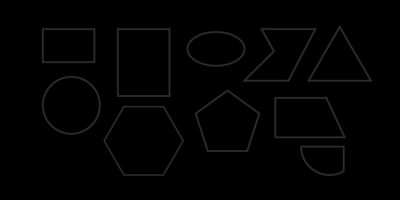
The real manifestation of a work and formed from a combination of various fields. The form in art is divided into two namely and shape and form. Shape is a form that has no element of inspiration and only seen the nature of its shape just like ornaments, circular, etc. While the form is not only seen but also there are elements of value in it.
For grouping divided into 2 kinds namely:
a. Geographical. Forms made with calculations such as cubism, for example cubes and beams. For the cylindrical shape, for example tubes, balls and cones.
b.Nongeometris. Shapes that mimic objects in nature, such as humans, animals and plants.
5. Space
Space is the art element of a collection of dimensions consisting of length and width and has two properties.
Space is pseudo or unreal if in two-dimensional art, for example, the room impressed by art.
While space is real in the art of three-dimensional example room room and sculpture room.
6. Color
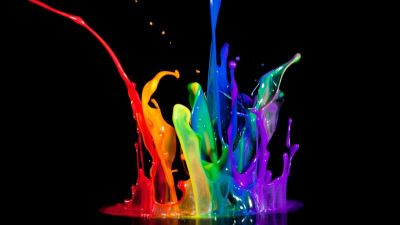
We know color, color is an element of art that can make fine art there is impression, expressive and feel life. Color is studied with two theories: the color theory of light consisting of 7 color spectrum and color pigment theory. We will first study the theory of color pigments consisting of several types:
- Primary Color. This color is the original color and is not a mixture of other colors. There are only 3 ie red, yellow and blue
- Secondary Color. The colors are the result of 2 primary color mixes
- Tertiary Color. Colors that are the result of a mixture of secondary colors
- Analogous Colors. Rows of colors that lie side by side in a color or close circle. For example a row of green to yellow color
- Complementary colors. The contrasting color and the opposite location are formed in a color circle. For example red with green, yellow with purple.
7. Texture
Texture is the nature of the surface of a plane or object that can be seen and touched. Its properties can be impression smooth, rough, slippery, dull, and so on.
Type of texture in fine arts there are 2 that is real and false.
Real texture in which the surface properties show the true impression or taste the same between views and touch.
While pseudo texture where the impression surface can be different between views and touched. Texture is useful to give certain character and impression on the surface field in order to produce aesthetic value.
